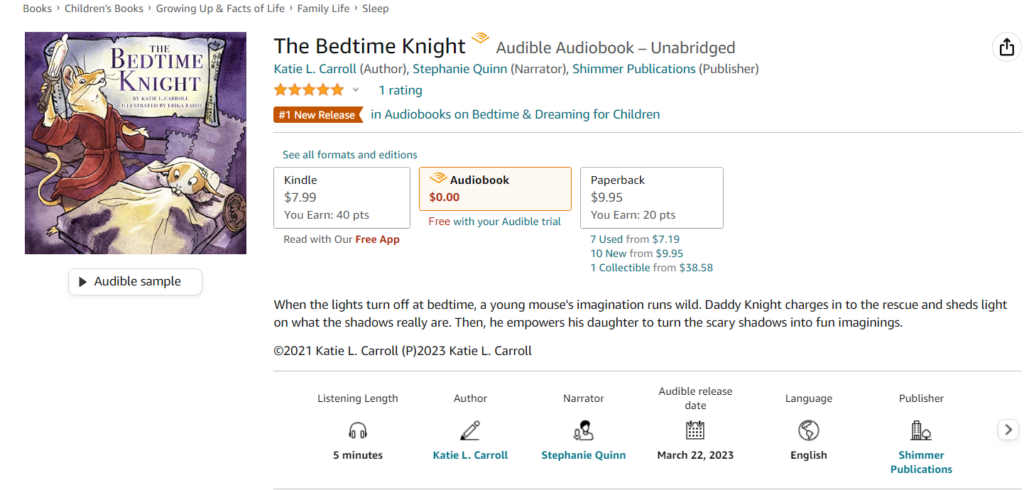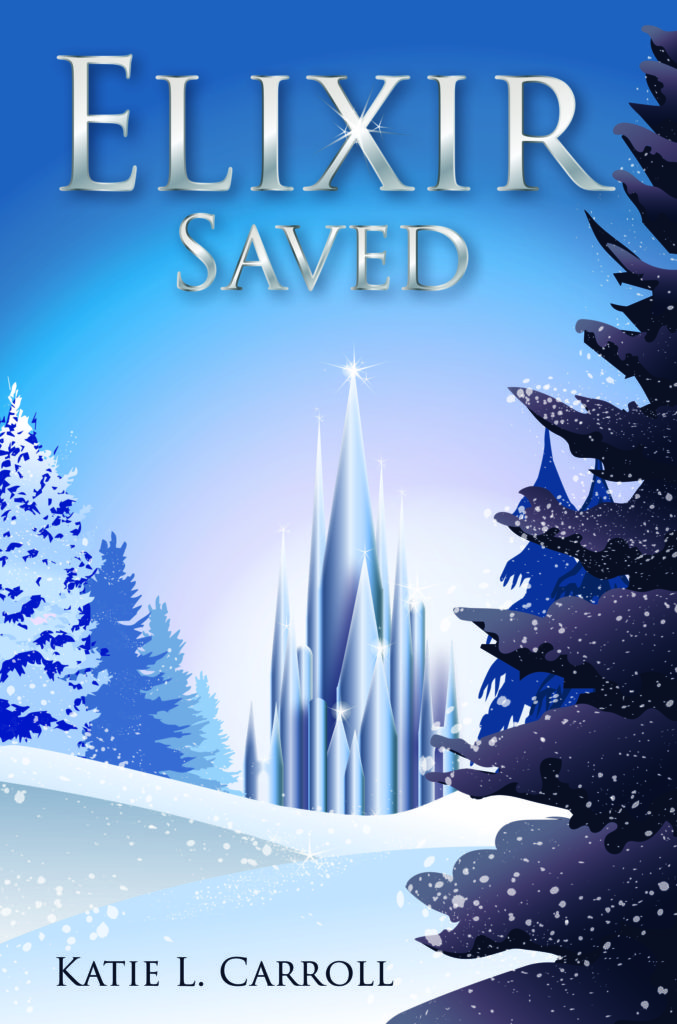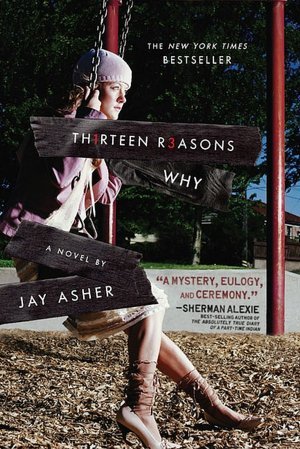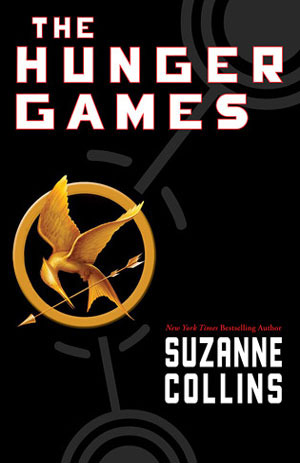If you’ve been around here for awhile, you may remember my post “Training My Brain to Read Audiobooks,” written way back in 2019. It’s been a long time, but I’ve finally cracked the code on successfully reading audiobooks! For my brain, at least. No guarantees my strategies will help you if you struggle with audiobooks, but maybe it’ll give you some ideas to try.
Why did it take so long for me to figure out how to read an audiobook? I had to figure out what worked for my brain, and that was hard to do. I tried all kinds of things–like changing playback speeds and listening to shorter form works and podcasts–to try to and get used to listening to stories. But when it came to novels, I just couldn’t pay attention. I would get about 5 minutes into a listening session and then my mind would start to wander.
Enter last Memorial Day weekend! My oldest son and I had a long car ride to a soccer tournament. In an effort to keep him from playing on his phone to entire time, we decided to pass the time with an audiobook. He had recently read The Hunger Games by Suzanne Collins, which is one of my favorite books, so we decided to try it out as an audiobook. We didn’t have enough time to listen to the whole thing, but I decided to try and finish it when we got home. And I was finally able to read an entire novel-length audiobook!
Turns out, driving engaged my brain just the right amount to also allow it to pay attention to an audiobook. This keyed me into the fact that I can’t try and be totally engaged in the audiobook; I have to engage my brain/body just enough to keep my mind from wandering. Now I read audiobooks while walking, cooking, doing dishes, gardening, and folding laundry.
It also helped that it was a book I knew well. That way if my mind did wander for a minute, I didn’t have to stop and relisten to what I missed. I could just keep moving forward because there was nothing new for me to miss.
I stuck with rereads for awhile, finishing up the Hunger Games series and moving on to other favorite books. Eventually, I felt comfortable moving into books that were 100% new to me. Now, a year later, I’m pretty much always in the middle of an audiobook. And it’s made cooking dinner each night a lot less tedious, sometimes even to the point where I’m looking forward to my cooking/reading time!
If you have children that love audiobooks, my picture book The Bedtime Knight, illustrated by Erika Baird, is part of an Audiobooks for Children promotion. Here’s the time if reached #1 and earned an orange banner on Amazon! It’s available on all different audiobooks platforms, including many libraries via Hoopla.






























